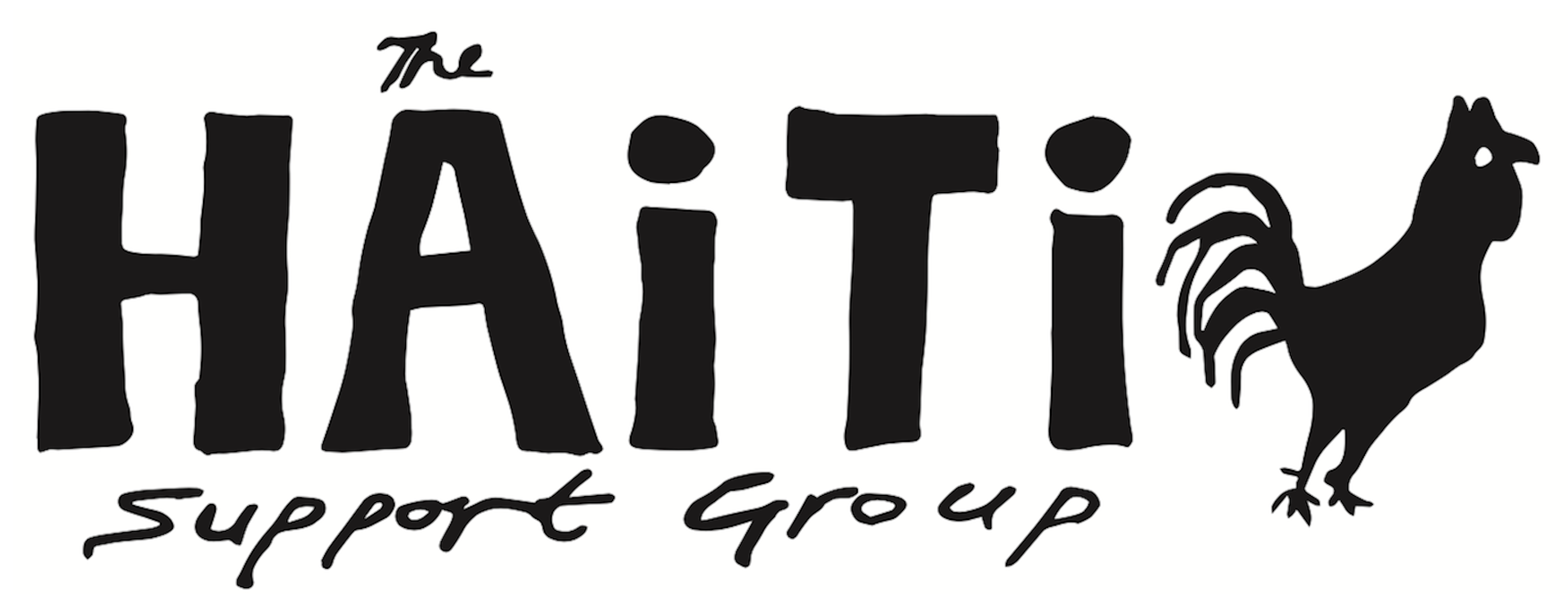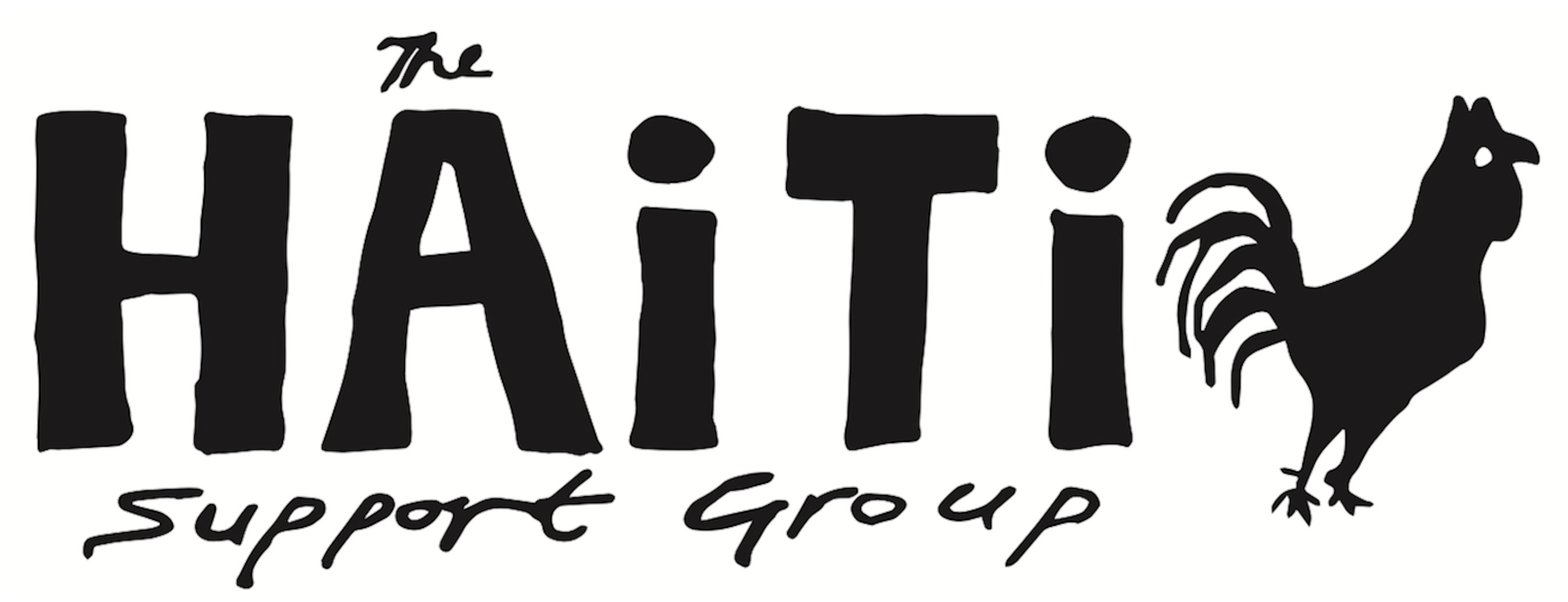Neglected islanders resist plan for Haiti tourism revival. April 6, 2014
By David Adams, edited by Prudence Crowther. Article courtesy of Reuters.
For decades the mostly dirt-poor residents of the small island of Ile-à-Vache off Haiti’s south coast lived in anonymity, virtually ignored by the government and visited only by the most adventurous backpackers and yachters.
Then in 2012, helicopters started dropping off big shots: Haiti’s president, Michel Martelly, Bill Clinton, ad agency models and photographers, tourism executives. Madonna and Sean Penn were spotted in November.
Last year came the surprise: the government claimed the 17.3-square-mile former pirate lair as “a public utility,” potentially stripping the 14,000 residents of their land to develop a high-end tourist resort. link.reuters.com/tum28v
“The local population was never consulted. It was a terrible shock,” said Jerome Genest, a local community leader and member of the Organization of Ile-à-Vache Farmers (KOPI), which is fighting the project along with several other groups.
The Haitian government is now promoting Ile-à-Vache as an ecotourism project, key to its efforts to put impoverished Haiti back on the Caribbean tourism map.
MAKING WAY FOR HOTELS
Fifty years ago, before the country was swept by political turmoil, an HIV-Aids epidemic and the 2010 earthquake, Haiti was a popular destination for the likes of rock singer Mick Jagger and writer Graham Greene, as well as Bill and Hillary, who honeymooned there.
In the interim it became a pariah for pleasure seekers, standing by enviously as the Dominican Republic, Jamaica and Puerto Rico cornered the $28 billion Caribbean tourism market.
The government’s vision for Ile-à-Vache is part of a larger master plan for the south coast including Côtes-de-Fer, a two-mile stretch of beach on the mainland, including 8,000 hotel rooms, a golf course, and an international airport.
Islanders say they first learned of the $250 million project when it appeared on the website of the Tourism Ministry last year. That plan includes 1,500 hotel rooms, villa resorts, another international airport and golf course.
Government officials have since sought to allay the fears of residents, mostly fisherman and farmers. Only 5 percent of their homes – about 100 to 120 houses out of 2,000 – will be expropriated to make way for the project, Haiti’s tourism minister, Stéphanie Villedrouin, told Reuters.
Some of the island’s pristine, nearly uninhabited beaches have been chosen for resort development. The minister said beach-front land that was not being used could also be seized. “We need it to develop hotels and create jobs. It’s not like we are taking the whole island to build the hotels,” she said.
KOPI sees a contradiction between the sweep of the public-utility claim and the ministry’s assertion that expropriations will be limited. Villedrouin said the decree was being revised to include a registry only of land inside the development area.
The government says it is seeking investors to put up $200 million for the resorts and has attracted interest from several potential investors.
“Haiti has unbelievable potential,” said Alex Zozaya, chief executive officer at Apple Leisure Group, a major Caribbean tour operator and hotel investor based in Philadelphia, who visited the south coast last month. He cited the value of the country’s proximity to the United States. “It’s like the Seychelles without the jet lag,” he added, saying several major hotel brands have shown “very serious interest.”
NO HARD COMPENSATION PROSPECTS
Some land used for cattle grazing and growing crops will also be acquired, including a patch of hillside on the south coast of the island slated to become a golf course surrounded by vacation villas.
Sourel Bito, 55, a father of nine children, said one day a local official planted a stick in the ground outside his house near the airport site where he grows potatoes and keeps two cows and two goats.
“They didn’t tell us why, they just came and told us not to move the stick,” he said, sitting in the shade of a large fig tree and weaving a rice-sifting basket to sell on the mainland. A local prefect later told him that his house and 17 others in the vicinity had been singled out for expropriation.
Like many islanders he said he isn’t against the tourism project as long as there is fair compensation. The government says that will be worked out by the state tax office, and would depend on what the land is used for now and whether residents were up-to-date with property taxes, likely to be an issue for many who live a hand-to-mouth existence.
“They tell us tourism will be good for the island, but then they tell us to go elsewhere. If they like our beach they will take it,” said Ilene Martier, a 37-year-old fisherman repairing his net near the water’s edge in the northwest village of Caille Coq, outside the development zone.
COWS, GOATS, CALM
British pirate Henry Morgan used Ile-à-Vache as a refuge in the 17th century. Abraham Lincoln sent 450 newly freed slaves there in 1863 to found a colony, though most gave up and returned home a year later.
Today, sitting five miles off the coast, the island is little known by Haitians and rarely visited. Its postcard-perfect hills are dotted with cows and goats, and locally crafted sailboats fish for snapper and lobster, mostly for the hotels.
While Haiti plunged into political turmoil after the fall of dictator Jean-Claude Duvalier in 1986, followed by years of military rule, flawed elections and gang violence, Ile-à-Vache was untouched.
“It’s not like the rest of Haiti – it’s very calm,” said Fritz Cezar, the island’s mayor.
Islanders nevertheless complain that the government has neglected them, providing no fresh water, paved roads or electricity, and few public services such as schools or health services. Only the tourism potential has made it care now, they say.
The government defends the project, pointing to $45 million set aside for social infrastructure spending. A chunk of that, including the airport, is funded by the Venezuelan government’s Petro-Caribe program, which supplies oil to Haiti on terms that constitute a generous credit line. Plans include drilling for fresh water, laying an undersea electricity cable, vocational training, agricultural assistance and a hospital.
Money is also allocated for community farms as well as a community center and kitchen offering cheap meals.
SETUP FOR A CRACKDOWN?
In January, islanders began a series of peaceful protests. The government sent in a heavily armed special police unit, known as CIMO, who now patrol on motor bikes with automatic rifles and bullet-proof vests.
A popular local policeman and community leader was jailed for participating in one protest, raising tensions. Prosecutors dredged up a year-old case, accusing him of a shooting incident at a rally in the capital, Port-au-Prince.
When the Minister of Tourism arrived last week with the Minister of Extreme Poverty for a meeting with residents, they were told the islanders would not discuss the tourism plan until the public-utility decree was lifted, the special police removed and the policeman freed.
The government hints of dark forces behind the protests. “There is a hidden hand that doesn’t want to support any development,” said Villedrouin, adding that drug dealers are suspected of stirring up antigovernment sentiment.
While Jamaican dealers are not uncommon on Haiti’s south coast, Ile-à-Vache itself has almost no crime, residents say. Until the special units arrived, the island only had three policemen.
Genest, 40, who runs a youth education and soccer program, was offended by the minister’s suggestion they were in league with drug traffickers. “There’s no truth to it at all. What is worse is that we have met with her four times and she has never mentioned it,” he said.
The government has already begun building the island’s first road, running the 8-mile length of the island, currently a dusty white limestone track.
But work on the project stopped abruptly in January when residents dug trenches in the intended path of the road and blocked it with massive trunks of palm trees dug up by the road construction crews.
The owners of the two main hotels on the island are anxious for the project to continue. “We need to be on the map,” said Didier Boulard, the French manager and co-owner of Port Morgan, an elegant boutique hotel with 27 rooms overlooking a half-moon bay at Caille Coq. Without an airport, he said tourists have to drive almost five hours from the capital and then cross from the mainland by boat.
While preoccupied with exploiting “the last virgin island in the Antilles,” Boulard realizes its fate is part of a larger pathos. “You can’t just fix the island for tourism. You have to find water, electricity, build schools, educate the people,” he said. “The problem in Haiti is that so much needs to be done.”
By David Adams, edited by Prudence Crowther


